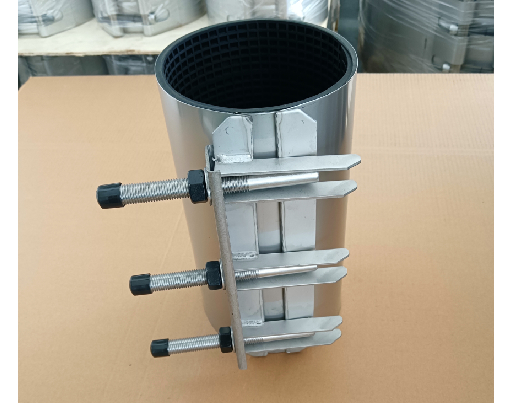Exploring the Use of Barriers and Cords for Urban Design and Public Safety Considerations
Bollards and Chains A Crucial Element of Urban Design
In the realm of urban design, one might not give much thought to the seemingly mundane objects that line our streets and sidewalks. Yet, bollards and chains are essential components that play a critical role in managing public spaces. These unassuming fixtures serve multiple purposes, from enhancing safety and security to improving aesthetics and guiding traffic flow.
Bollards can be described as short, sturdy posts typically made of materials such as concrete, metal, or plastic. They are designed to withstand significant impact, providing a physical barrier that can deter unauthorized vehicle access to pedestrian areas. This is particularly important in urban settings where foot traffic must be safeguarded from potential hazards. For instance, cities worldwide have witnessed tragic incidents involving vehicle attacks on pedestrians. By installing bollards in strategic locations, municipalities can reduce the risk and enhance the safety of public spaces.
Chains, often linked between bollards, add another layer of functionality. They are commonly used to outline specific areas, restricting access and directing foot traffic. Chains can delineate pathways in parks, prevent vehicles from crossing into restricted zones, or even demarcate outdoor dining spaces for restaurants. This helps create a more organized and intentional atmosphere, promoting a sense of order in bustling urban environments.
Aesthetically, bollards and chains can serve as design features that enhance the character of a space. With an array of designs available—ranging from sleek modern bollards to ornate historical styles—cities can choose fixtures that complement their architectural heritage and landscape. Chain styles, too, vary widely, from traditional iron links to contemporary alternatives. The careful selection of these elements can contribute significantly to a city's identity, making public spaces more welcoming and visually appealing.
bollards and chains

Moreover, bollards and chains are instrumental in traffic management. By clearly marking pedestrian zones, they guide both pedestrians and drivers, reducing confusion and the likelihood of accidents. In some cases, bollards are equipped with retractable features, allowing for flexible usage. In areas that require vehicle access at certain times, such as service zones or special event locales, retractable bollards can facilitate traffic flow while maintaining safety during peak pedestrian times.
Environmental considerations are increasingly informing the design and implementation of bollards and chains. Many modern bollards incorporate sustainable materials and can even feature solar-powered lighting. This enhances visibility during nighttime hours and contributes to energy efficiency. Additionally, the strategic placement of these fixtures can support urban biodiversity by defining garden areas and promoting green spaces.
However, while bollards and chains are often overlooked, their proper maintenance is crucial. Rust, wear, and tear can diminish their effectiveness and aesthetic appeal. Regular inspections and timely replacements ensure that these fixtures continue to serve their intended purposes.
In conclusion, bollards and chains are more than mere obstacles scattered across sidewalks; they are vital elements of urban design that enhance safety, improve traffic flow, and contribute to the overall aesthetic of public spaces. As cities continue to evolve, integrating thoughtful designs for bollards and chains will become increasingly important. By recognizing their significance, urban planners and city officials can create environments that are not only functional but also vibrant and welcoming to all citizens.
-
The Smarter Choice for Pedestrian AreasNewsJun.30,2025
-
The Gold Standard in Round Drain CoversNewsJun.30,2025
-
The Gold Standard in Manhole Cover SystemsNewsJun.30,2025
-
Superior Drainage Solutions with Premium Gully GratesNewsJun.30,2025
-
Superior Drainage Solutions for Global InfrastructureNewsJun.30,2025
-
Square Manhole Solutions for Modern InfrastructureNewsJun.30,2025
-
Premium Manhole Covers for Modern InfrastructureNewsJun.30,2025
